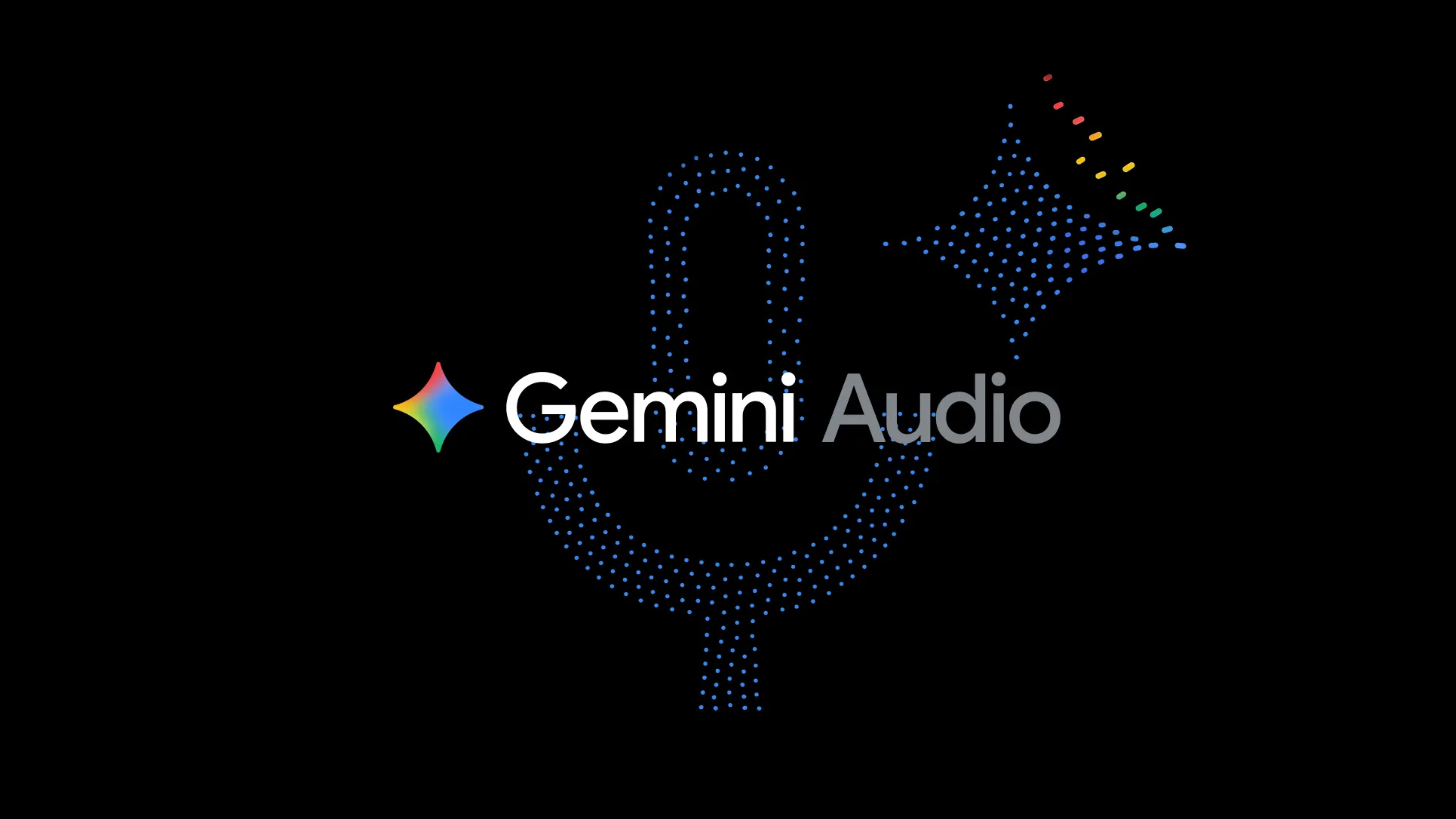Samsung Galaxy Fit2 vs. Galaxy Fit: Should you upgrade?
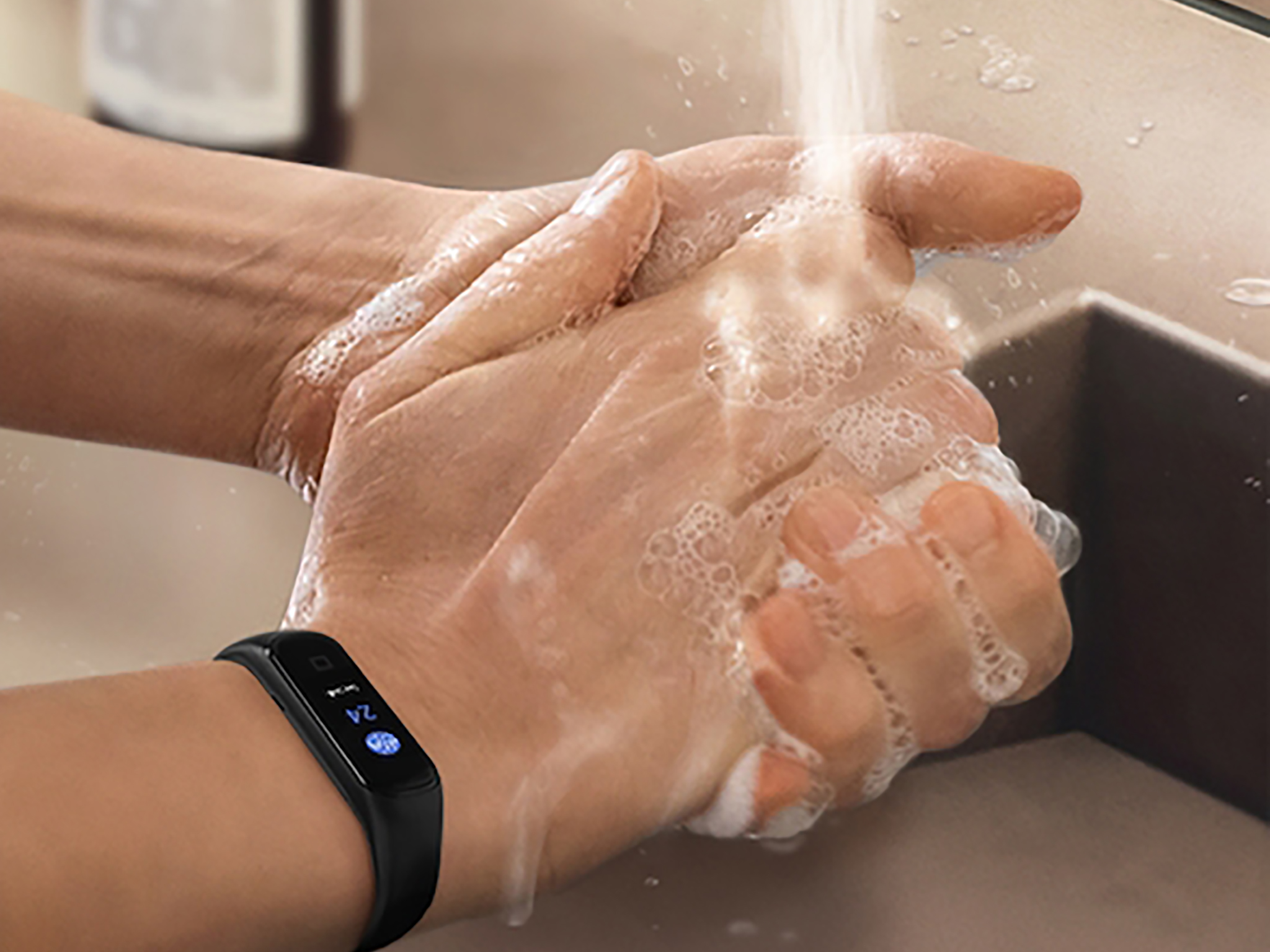
Samsung Galaxy Fit2
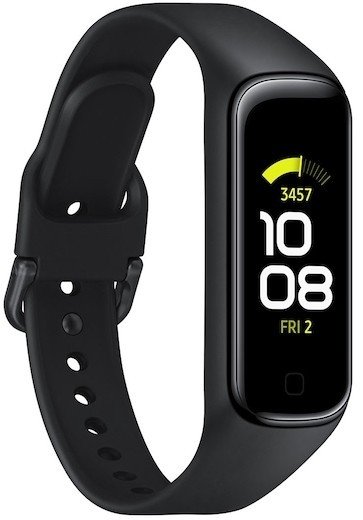
For the price, it's worth it to upgrade to the new Samsung Galaxy Fit2 fitness tracker given that it offers double the battery life, a higher-res and slightly larger color screen, and a new silicone band that's more comfortable to wear. Sure, it's missing the same durability level as the Fit, along with heart rate sensors. But it still has a pulse oximeter, is waterproof and dust resistant, and the improvements trump what you give up.
Samsung Galaxy Fit2
A worthy update
Samsung Galaxy Fit
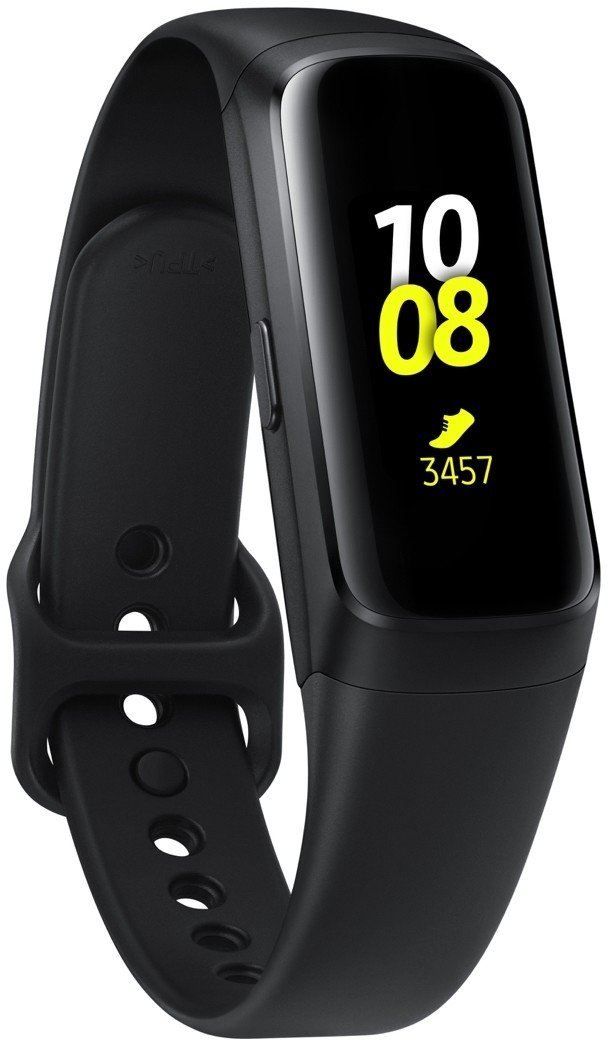
There are two main reasons to stick with the original Samsung Galaxy Fit if you already own it: heart rate sensors, including real-time alerts, should the tracker detect high or low heart rates and durability. Since this one meets a higher standard for durability, those who work or often find themselves in situations where the tracker could get easily damaged might prefer having the most rugged version available.
Samsung Galaxy Fit
The better option for some
Samsung has followed up its popular Galaxy Fit activity tracker/fitness band with the new Samsung Galaxy Fit2. And the Fit2 is a gloriously simple and affordable device that has us really excited at its potential to be amazing. If you're looking for something that falls more into the smartwatch category but still offers killer fitness features, consider the Galaxy Watch Active2 instead. But if you already own the Samsung Galaxy Fit and find that it meets your needs in form and function, is it worth upgrading to the Fit2? That really depends on your priorities. The Fit2 does feature some significant upgrades, but it also omits a couple of features that might be dealbreakers for some when looking at the Samsung Fit2 vs. the Fit.
Before delving deeper into the features and how the two devices stack up against one another, here's a look at the specs for a quick overview.
| Header Cell - Column 0 | Samsung Galaxy Fit2 | Samsung Galaxy Fit |
|---|---|---|
| Operating System | FreeRTOS | FreeRTOS |
| Battery Life | 15 Days | 7-8 Days |
| Display Size | 1.1" Full-Color AMOLED | 0.95" Full-Color AMOLED |
| Display Resolution | 126 x 294, 291 ppi | 120 x 240, 282 ppi |
| Water-Resistant | 5ATM, IP68 | 5ATM |
| Durability | Dust- and Water-Resistant | Meets MIL-STD-810G Certification |
| Charging | Proprietary | Proprietary, Wireless Powershare |
| Storage | 2MB + 32MB | None |
| Connectivity | Bluetooth v5.1 | Bluetooth v5.0 (LE Only) |
| Notifications | Yes | Yes |
| Send Preset Replies | Yes | Yes |
| Built-in Sleep Tracking | Yes | Yes |
| Heart Rate Monitor | No | Yes |
| Automatic Fitness Tracking | Yes | Yes |
| Sensors | Accelerometer, Gyro | Accelerometer, Gyro, Heart Rate |
| Size | 46.6 x 18.6 x 11.1mm | 45.1 x 18.3 x 11.2mm |
| Weight | 21 grams | 23 grams |
| Material | Plastic | Plastic |
| Colors | Black, Scarlet | Black, Silver |
| Compatibility | Android, iOS | Android, iOS |
There are a ton of similarities between the old and new versions of the Fit activity tracker, but a few marked differences, too.
Samsung Galaxy Fit2 vs. Galaxy Fit: Focusing on fitness

The primary reason you'd be getting a fitness tracker like the Galaxy Fit or Fit2 is, of course, to track your fitness and activity. So, it makes sense to look at how these two compare in terms of the core features from this standpoint.
Get the latest news from Android Central, your trusted companion in the world of Android
Both impress with features like automatic fitness tracking that can determine when you're doing a specific activity, like rowing or running, and automatically start tracking it for you. For all other specific workouts, you can download and manually track them.
They also track daily steps, calories burned, and even water and/or caffeine intake, all of which contribute to your health and well-being. They both also monitor your sleep patterns via built-in tracking, which is another critical factor that can impact your performance.
The biggest difference in this respect is that the Fit tracked heart rate via a built-in sensor, even providing real-time alerts if it detected an irregularly low or high heart rate that was not explained by a physical activity you were engaged in. For some, heart rate tracking is a must. And if you fall into this category, you might want to stick with the Fit instead of upgrading to the Fit2. However, consider that the Fit2 technically does track heart rate through a photoplethysmography accelerometer, which is effectively a less expensive way of monitoring heart rate. It uses a pulse oximeter that lights up the skin to measure changes in light absorption and determine blood volume changes. However, you won't get real-time alerts of heart rate changes.
If you can live without that, the Fit2 offers upgrades in other areas that might make it worthwhile.
Samsung Galaxy Fit2 vs. Galaxy Fit: Durability, Battery, and Display
The Galaxy Fit2 upgrades the small screen to make it slightly larger at 1.1 inches versus the Fit's 0.95-inch screen and bumps the resolution from 120 x 240 (282 ppi) to 126 x 294 (291 ppi). It might not sound like a lot, but with a screen that's so small, you may very well notice the improvement. Both screens are AMOLED and full color.
Both band-style trackers are super durable, with resistance to dust and water, and boasting a 5ATM rating, which means you can swim with them down to a depth of 50 meters. The Galaxy Fit 2 also boasts an IP68 rating, but the older model Fit actually kicks it up a notch, meeting MIL-STD-810G certification. That means it has also been tested to really take a beating: from shocks and drops to vibrations and even extreme temperatures. If you're wearing the fitness tracker to work at an office, to the gym, and for fun nights out on the town, this might not really matter. But if you like to hike, ski, skateboard, or do other physical activities that could see the device bumped, scratched, or knocked about, the extra durability might be worth keeping the Fit instead of upgrading.
The battery life of the Fit2 is what could really attract owners of the Fit to upgrade: it's almost double that of the rated battery life of the Fit. While the Fit lasts an already impressive 7-8 days per charge, which means you could easily pop it on the charger for an hour (or less) every Sunday evening while relaxing, the Fit2 ups the game with up to 15 days of battery life! This means you really only need to charge it twice a month. For those who are serious about their fitness and hate missing even a few logged steps a day, this could be what prompts you to buy. Those who travel often will also enjoy the idea of comfortably going on a two-week vacation and having one less charger to pack.
Samsung Galaxy Fit2 vs. Galaxy Fit: Connectivity
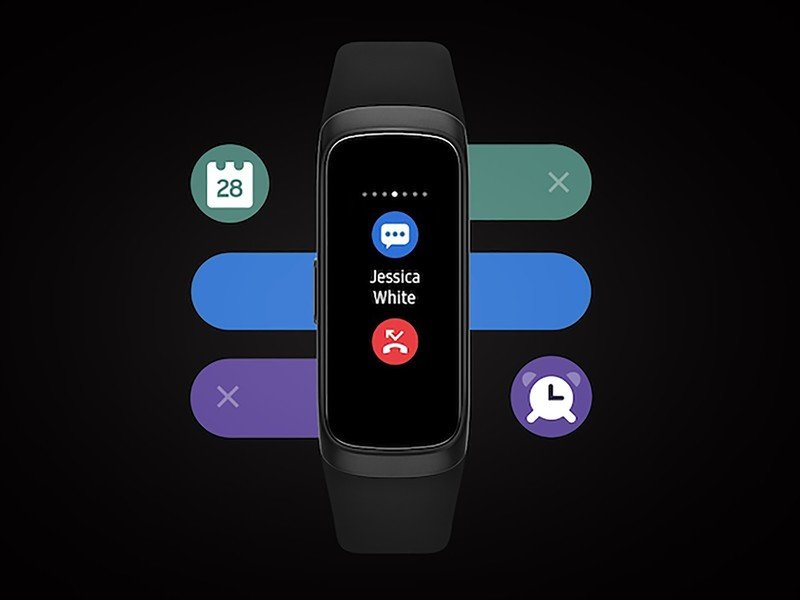
Both devices are compatible with Android or iOS, requiring an Android device with OS 5.0 or higher and at least 1.5GB RAM, or an iPhone 7 or newer with iOS 10 or later.
Both can display smartphone notifications from a connected device, and let you send pre-set replies with compatible phones. With both, you can also do things like set schedules, see weather forecasts, and more. With the Fit2, you can also use the tiny screen to control music playback.
They also work similarly in how they connect to Samsung Galaxy smartphones, specifically. Once paired, you can earn credits for moves using the Galaxy Wearable and Samsung Health apps. They also monitor wellness data, like stress, so you can see how that fits into your overall health report.
Samsung Galaxy Fit2 vs. Galaxy Fit: Look and Feel
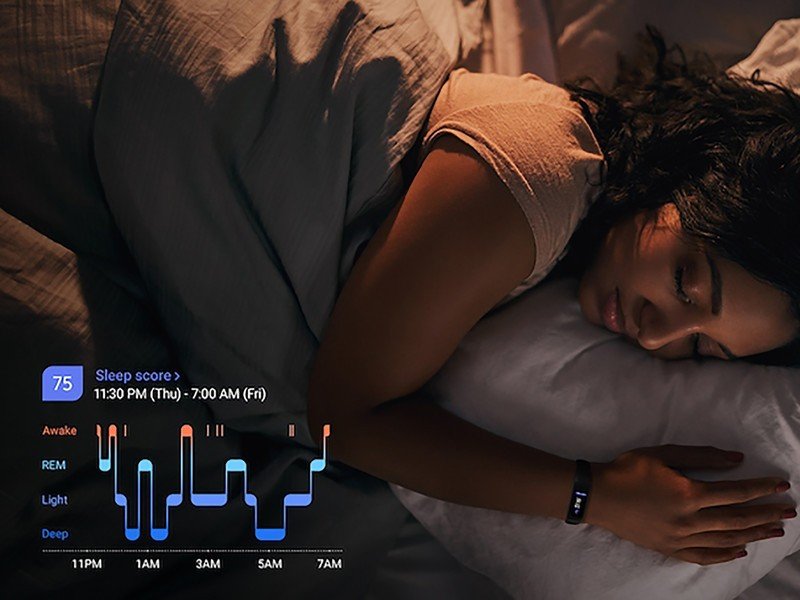
If you were to see both fitness trackers side-by-side, you might not be able to tell the difference. They look virtually identical. Both come in a basic black finish, but if you are looking for a fun pop of color, the Fit2 comes in a cute Scarlet finish. The Fit also comes in silver.
The Fit2's band is made of silicone and features a new grooved texture that Samsung says makes it more comfortable to wear.
As noted, the screens are full color, so you'll see notifications and real-time fitness stats clearly and concisely, able to navigate menus by touch.
Samsung Galaxy Fit2 vs. Galaxy Fit: Should you take the plunge?
Given the small price tag of the Fit2, it's a no-brainer to upgrade just so you have the latest and greatest and can enjoy the benefits the Fit2 offers, namely the better screen resolution and slightly larger screen, and the significantly longer battery life.

The only reason to stick with the original Fit would be if you partake in extreme sports or plan to wear it while engaged in an activity or in situations where it could potentially get knocked about, scratched, or otherwise damaged. The MIL-STD-810G rating of the Fit will provide extra peace of mind that the device can withstand whatever might get thrown at it – literally. This also applies to those who might work outdoors in extreme heat or frigid cold temperatures.
The omission of the heart rate sensor and real-time alerts from the new Fit2 is also a puzzling decision and one that could drive some existing Fit owners to decide to stick with the old device. If you find that you use and enjoy having heart rate monitoring, particularly if you have concerns about potential heart irregularities, it makes sense to stick with or opt for the Fit. (Keep in mind that such a device should never take the place of a consultation with your doctor.)
But in terms of basic fitness tracking, being able to swim with the band, keep track of stats including sleep and burned calories, when it comes to the Samsung Fit2 vs. the Fit, these two are pretty much head-to-head. If you can live without the heart rate monitoring and don't need extra durability, the Fit2 will be worth investing in.
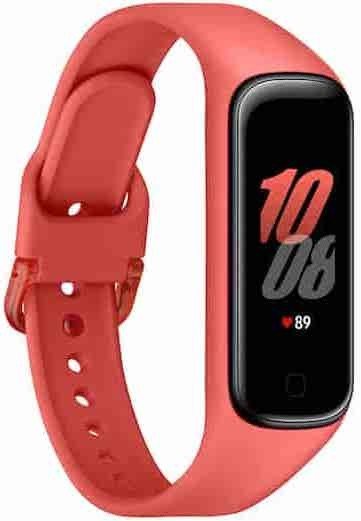
A step up
The higher-res, slightly larger screen and doubled battery life alone make the Samsung Galaxy Fit2 a compelling upgrade from the existing Galaxy Fit. The new scarlet finish appeals to the eye, and the grooved-texture band makes it comfortable for all-day wear.
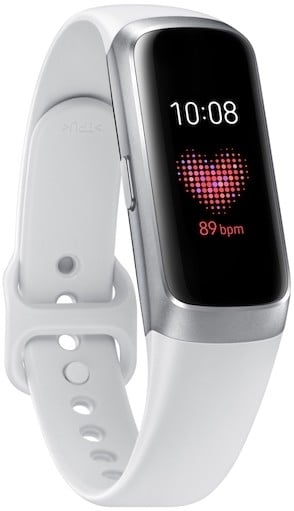
For extreme sports
If you engage in extreme sports or work outdoors where the band could get banged up pretty easily, stick with the original Galaxy Fit, which boasts an ultra-durable MIL-STD-810G military-grade certification, making it able to withstand everything from drops to shocks and extreme weather. It also includes a heart rate sensor with real-time alerts, so it's worth sticking with it if this is important to you.

Christine Persaud has been writing about tech since long before the smartphone was even a "thing." When she isn't writing, she's working on her latest fitness program, binging a new TV series, tinkering with tech gadgets she's reviewing, or spending time with family and friends. A self-professed TV nerd, lover of red wine, and passionate home cook, she's immersed in tech in every facet of her life. Follow her at @christineTechCA.
